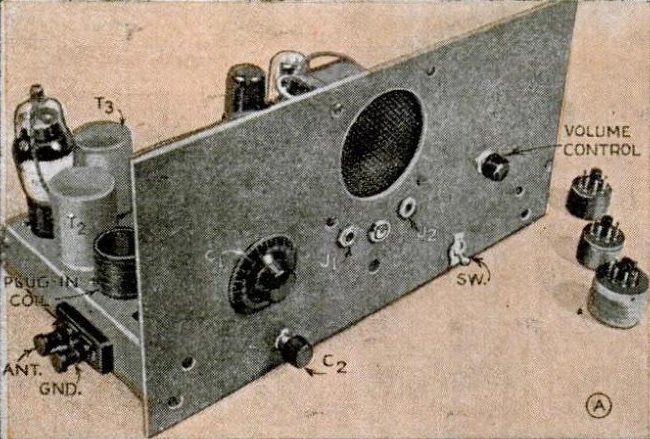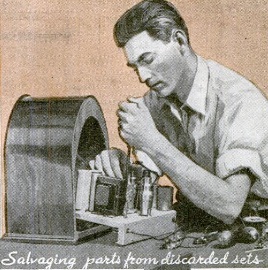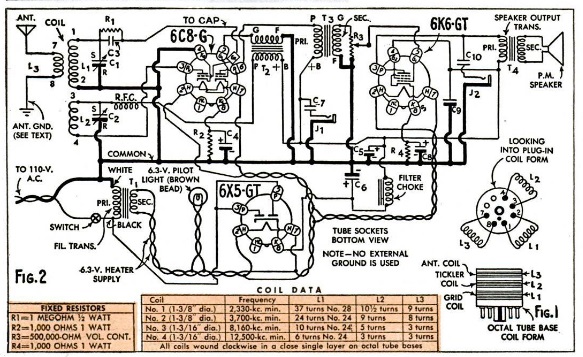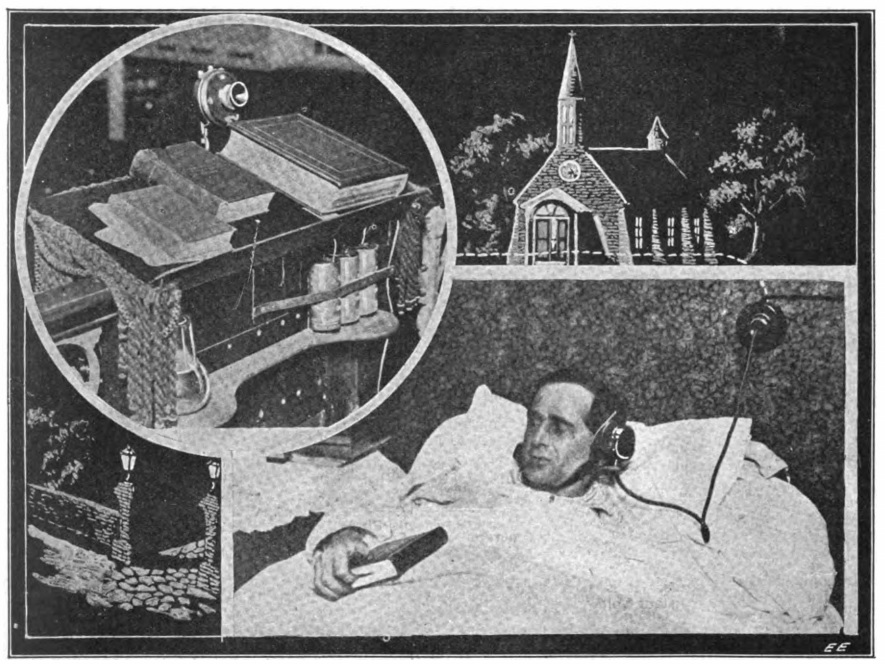 With most of the world locked down due to the threat of COVID-19, places of worship have been scrambling to deliver the Word of God to the faithful at home. But long before Zoom and YouTube were a thing, churches have relied upon technology to connect with members, as shown by this illustration from a hundred years ago this month, in the May 1920 issue of Electrical Experimenter.
With most of the world locked down due to the threat of COVID-19, places of worship have been scrambling to deliver the Word of God to the faithful at home. But long before Zoom and YouTube were a thing, churches have relied upon technology to connect with members, as shown by this illustration from a hundred years ago this month, in the May 1920 issue of Electrical Experimenter.

Zion English Baptist Church, Pen-y-cae, Wales, the likely origin of the 1920 transmissions. Wikipedia photo.
Shown here is miner Sam Pritchard of Penycas, Ruabon, Wales. In 1919, he was injured by the fall of a rock. Undaunted, he was able to hear the service at the Baptist Church thanks to a telephone rigged by three of his friends.
A button microphone and batteries were strategically placed near the pulpit, with wires run to Mr. Pritchard’s bedside some distance away. A telephone receiver was strapped to his head, through which he was able to take part in the service. The magazine noted that the apparatus required was not expensive, and that such a setup could prove valuable in the northern or western United States where deep snows often cover the country.
Of course, over the years, churches have moved on to radio, then audio recordings, then television, and then the internet to deliver their message to those shut in at home. Incidentally, the OneTubeRadio Laboratories are currently hard at work preparing a 100 mW AM transmitter which will operate, with a 9 foot antenna, to broadcast church services within a parking lot. The internet works well for those who are at home, but everyone signal is slightly out of synch with everyone esle. At such time as it becomes possible to congregate a bit more closely, in parked cars, radio will allow everyone be able to listen simultaneously (or as simultaneously as the speed of light allows). We have verified that the transmitter is up to the task, and today, we received the parts necessary to provide a high-fidelity audio feed. We’ll post updates as the project is completed.
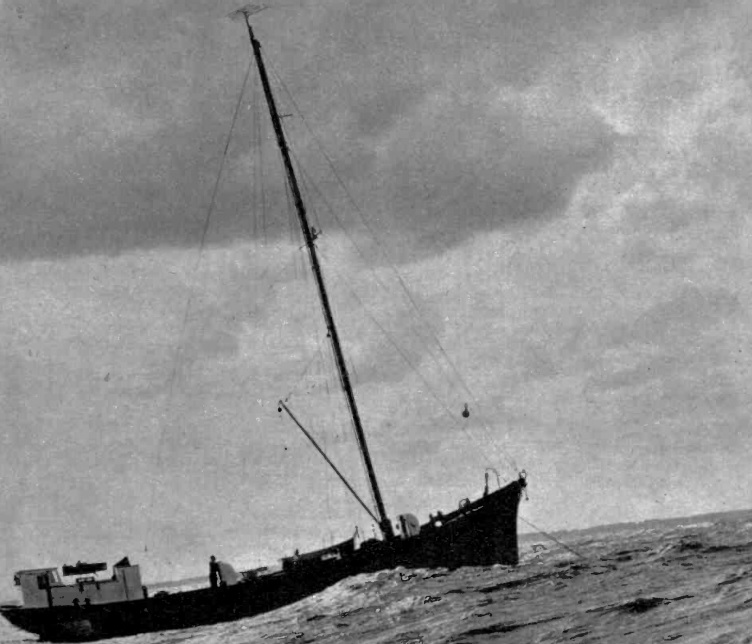 If you look carefully at this picture, from the May 1960 issue of Electronics Illustrated, you’ll see at the top of the mast a Yagi antenna for 89.55 MHz. The ship is the Cheeta, and flies the Panamanian flag.
If you look carefully at this picture, from the May 1960 issue of Electronics Illustrated, you’ll see at the top of the mast a Yagi antenna for 89.55 MHz. The ship is the Cheeta, and flies the Panamanian flag.


